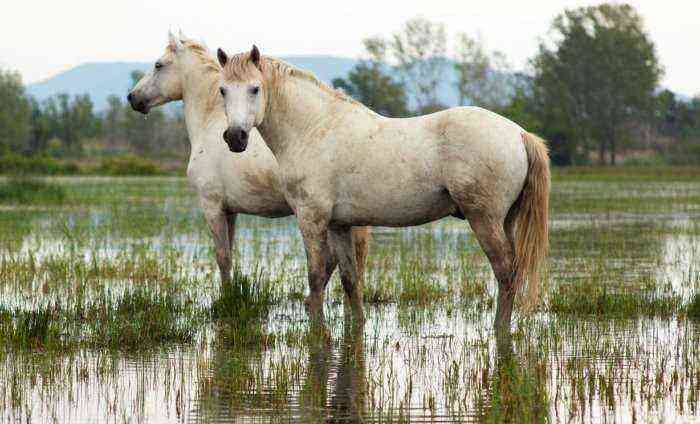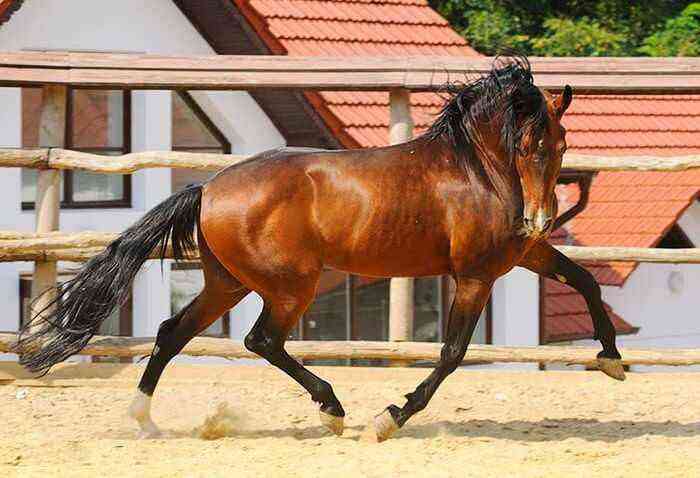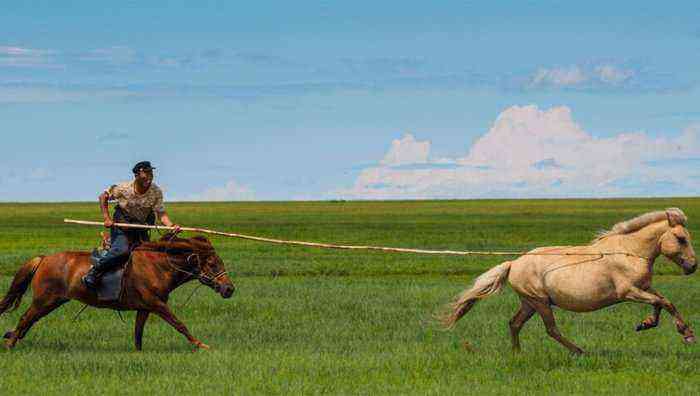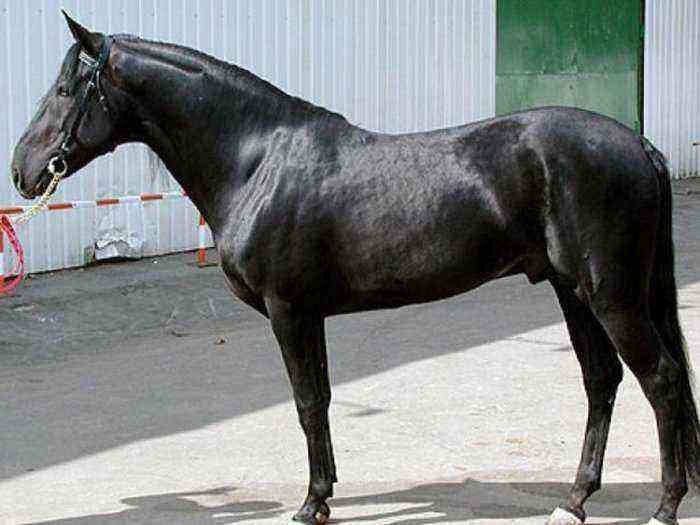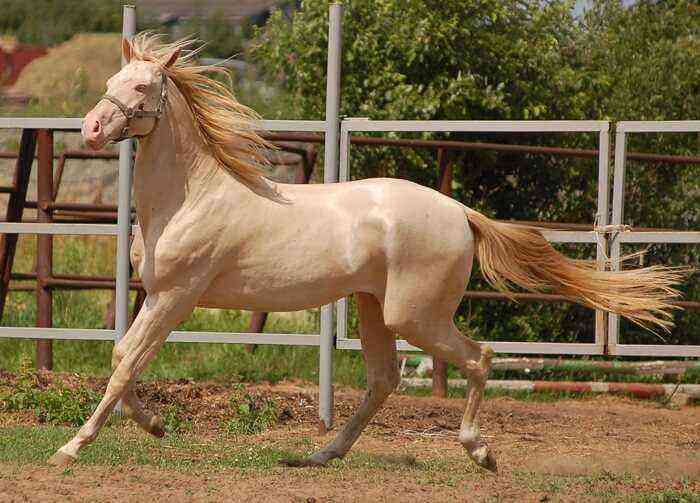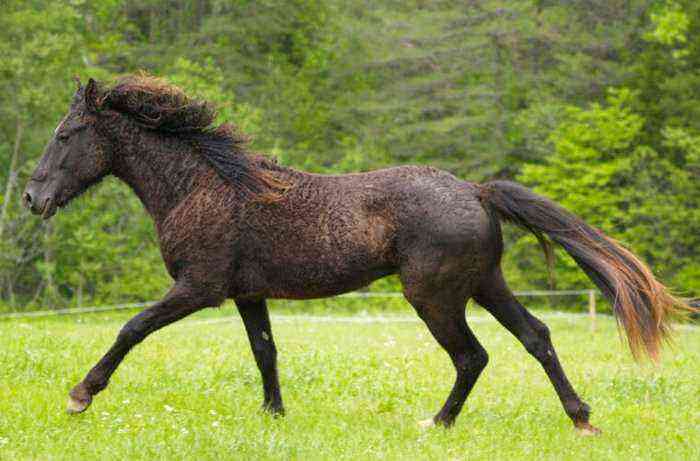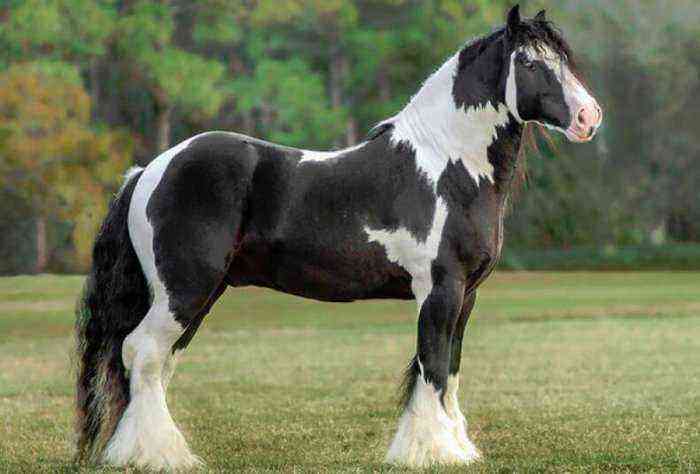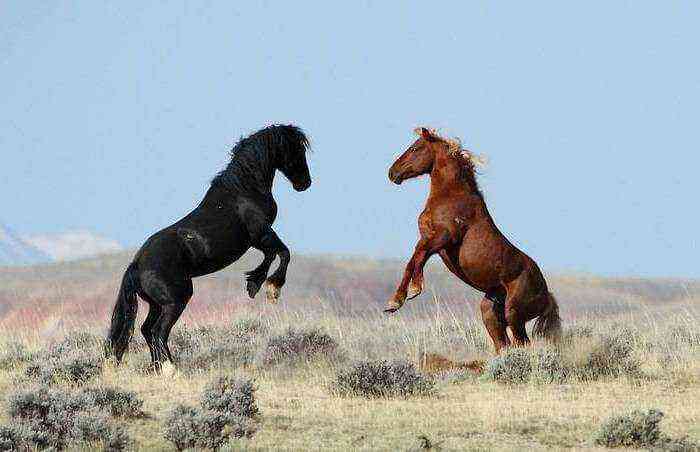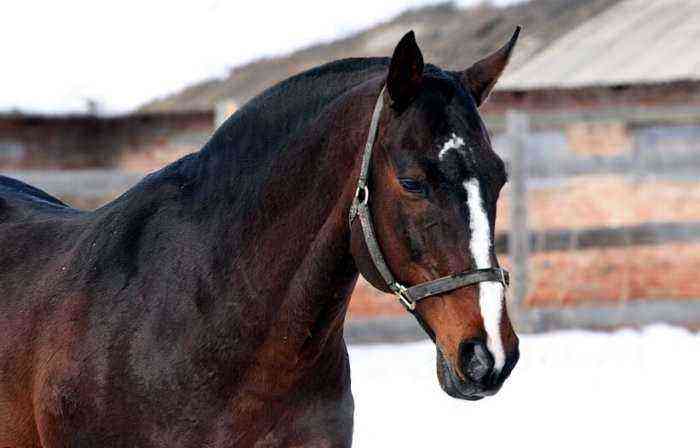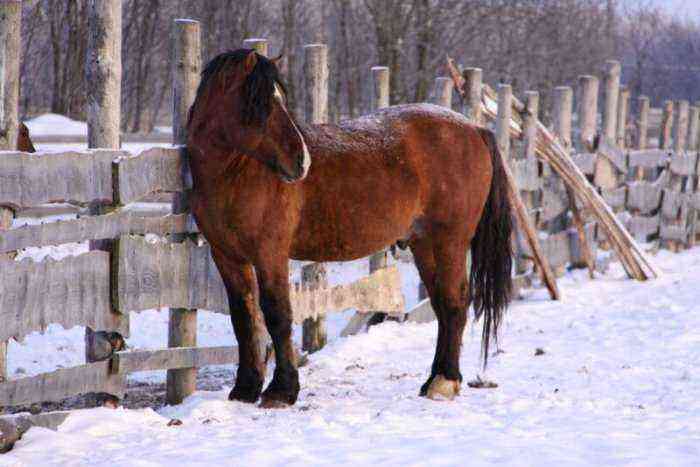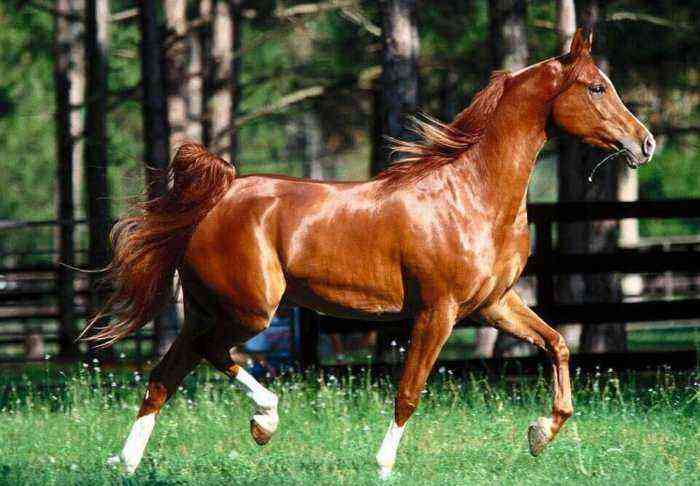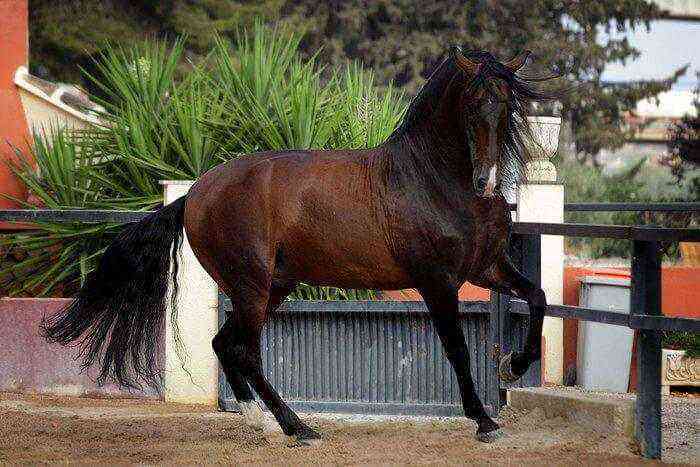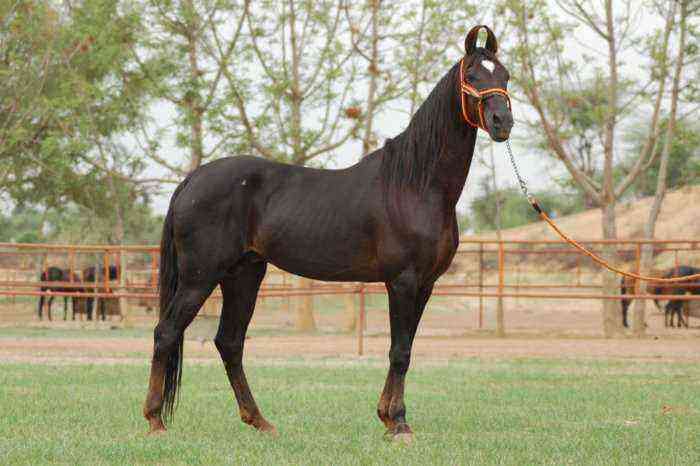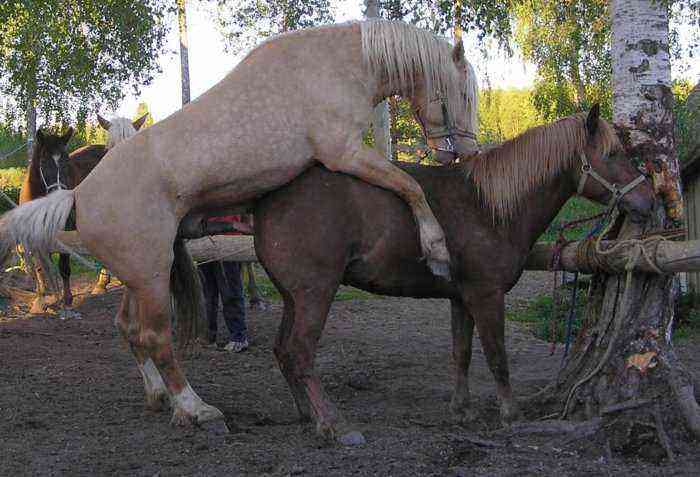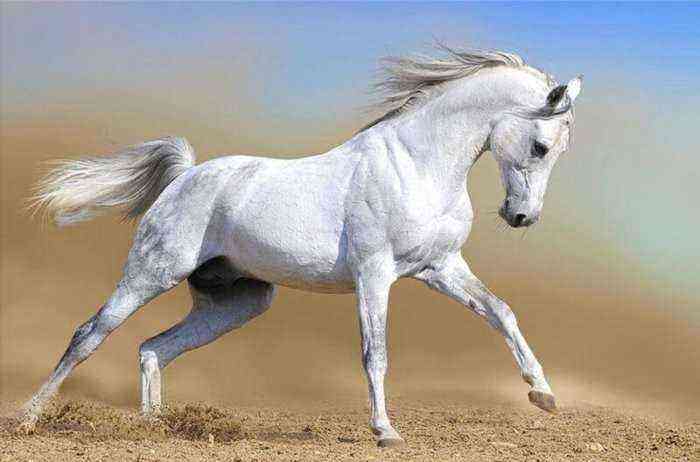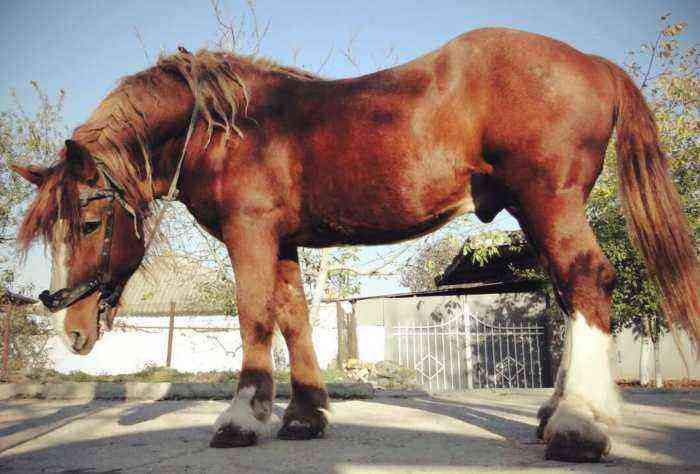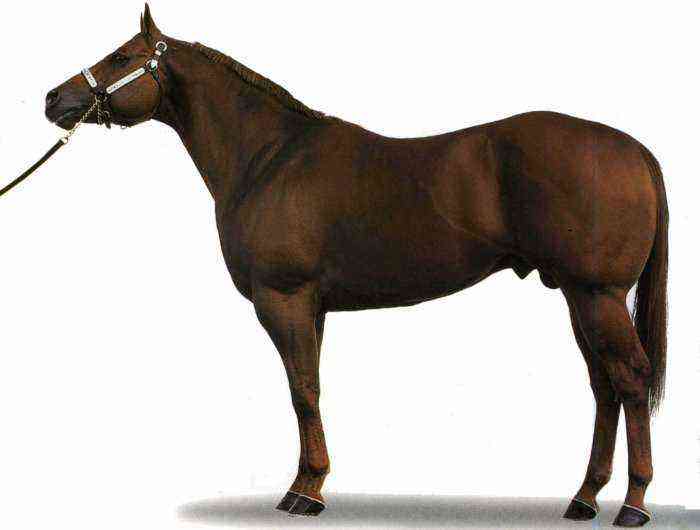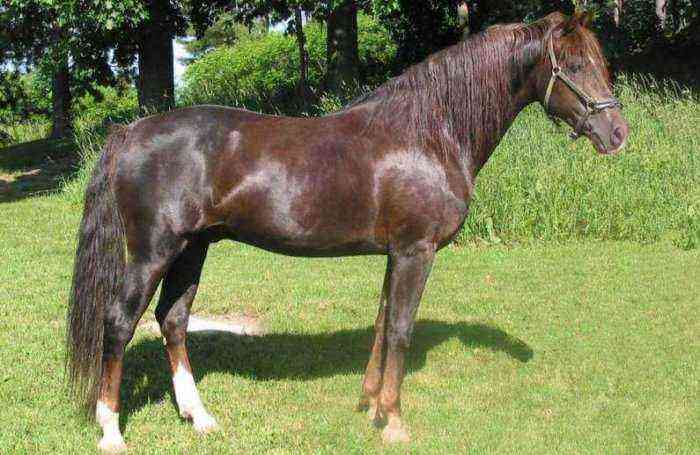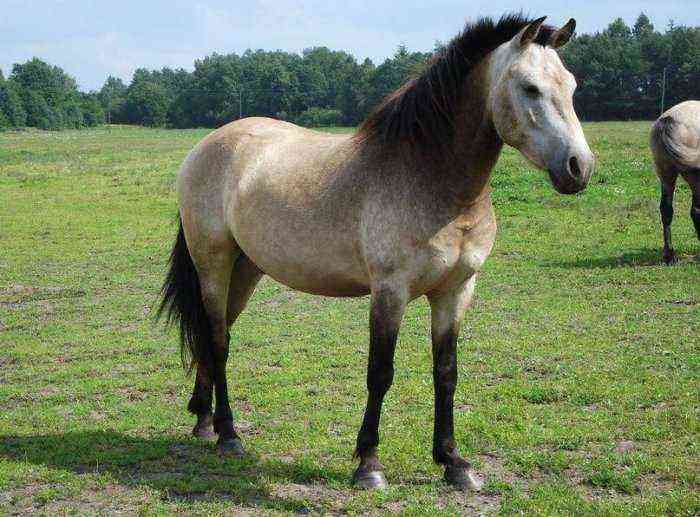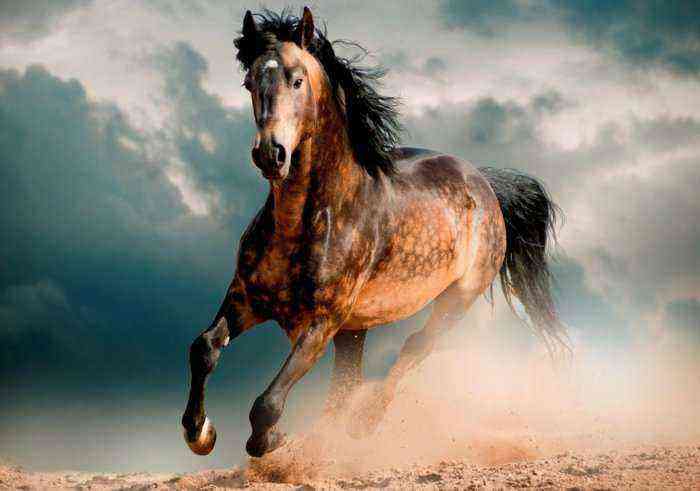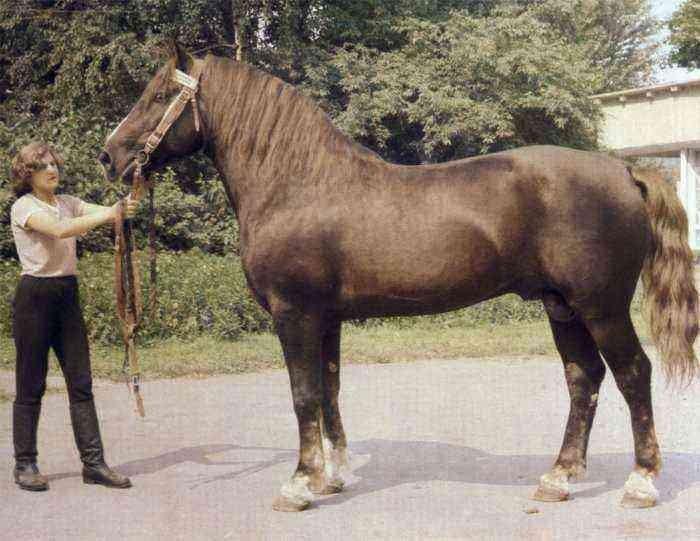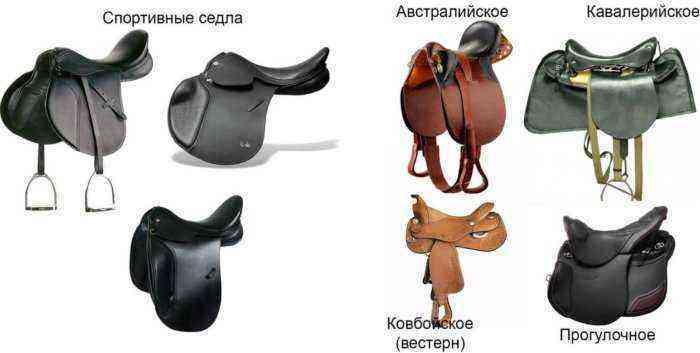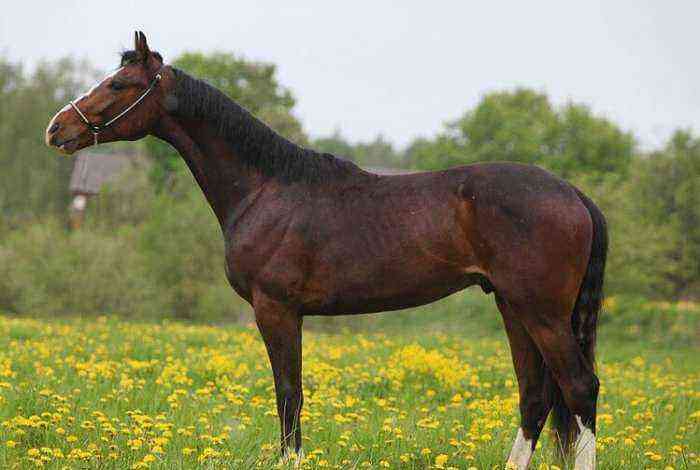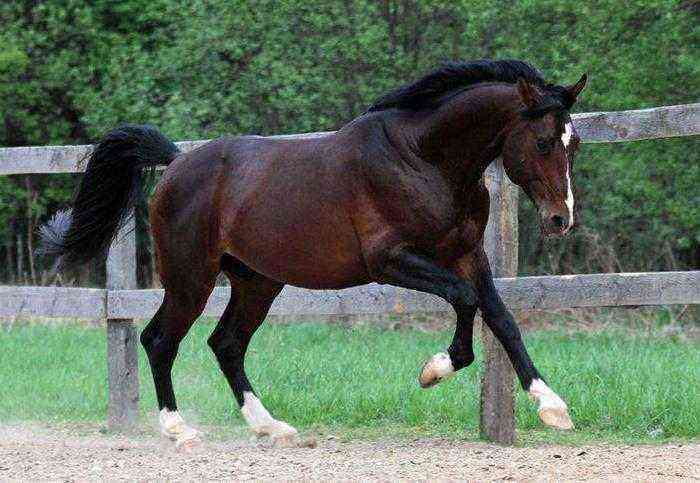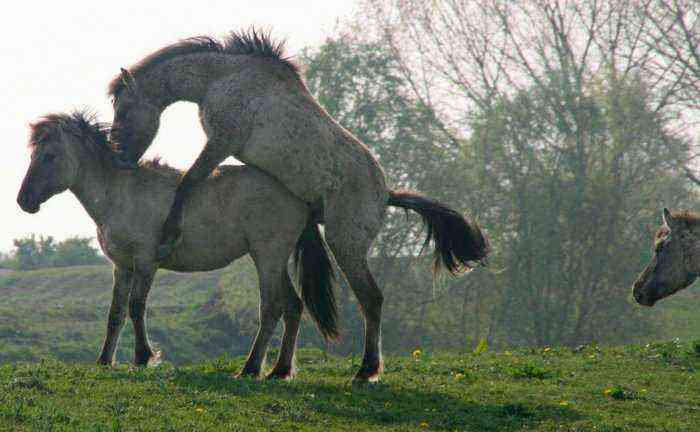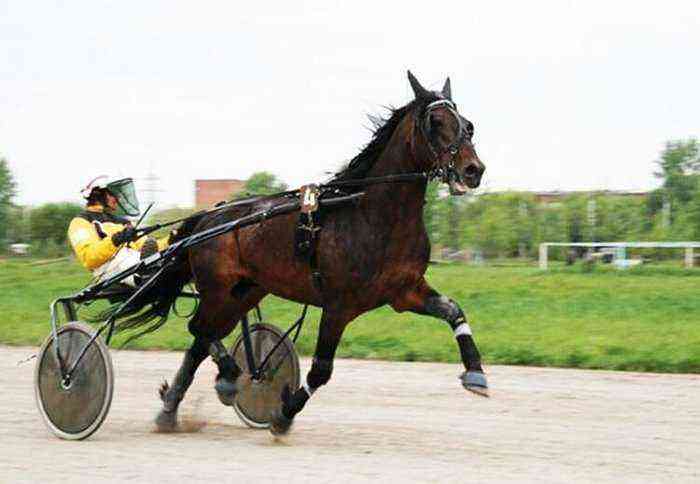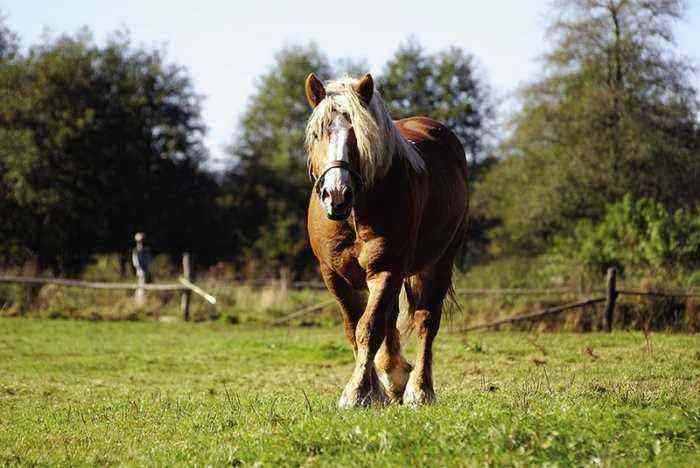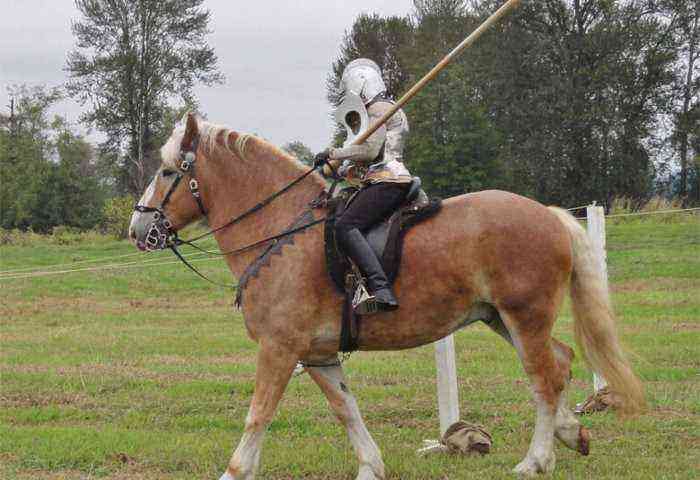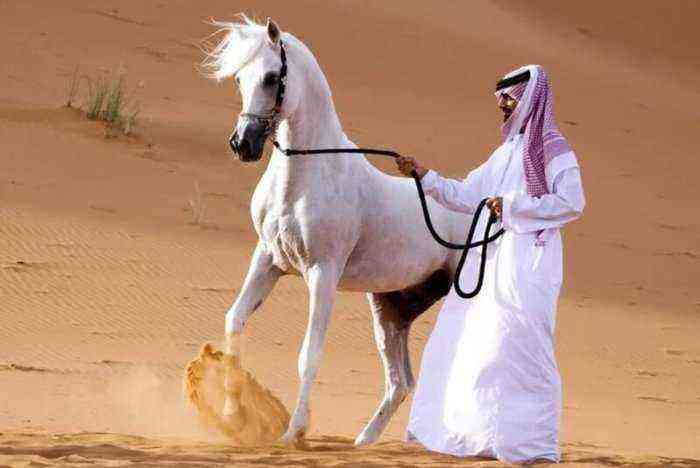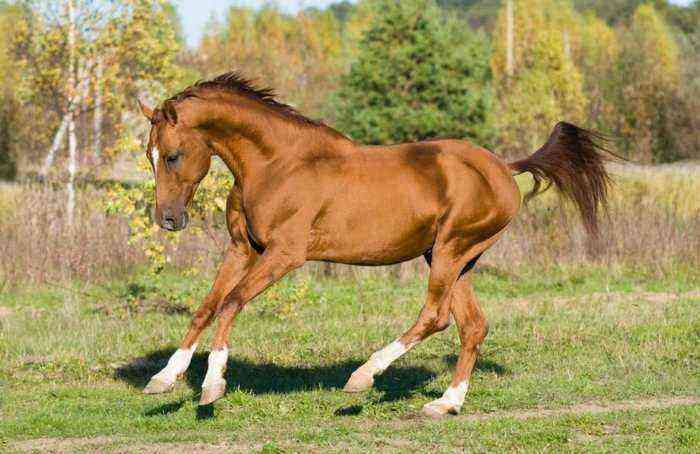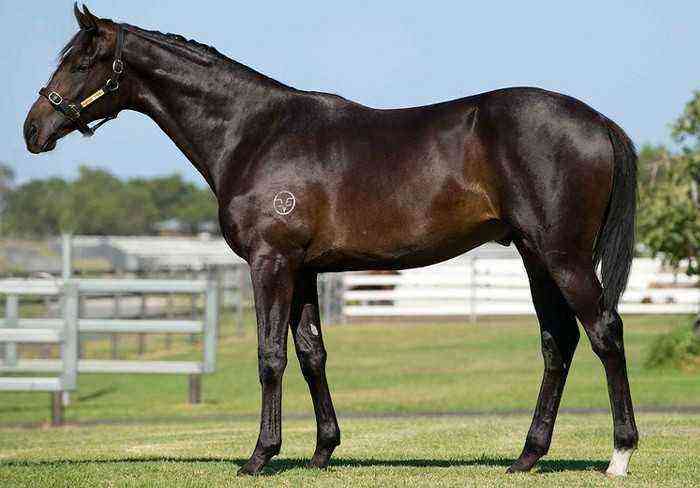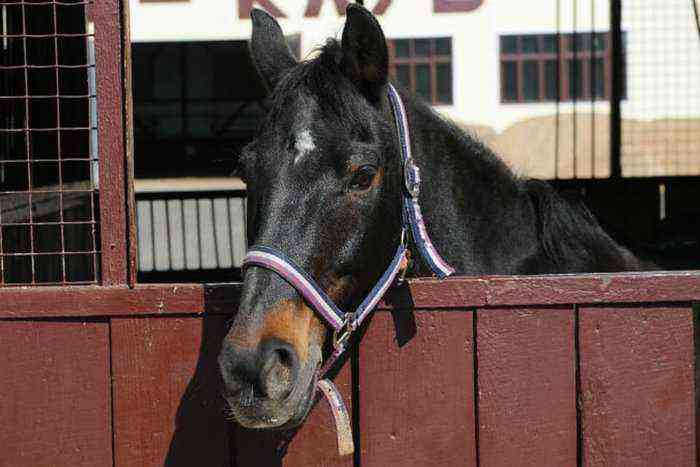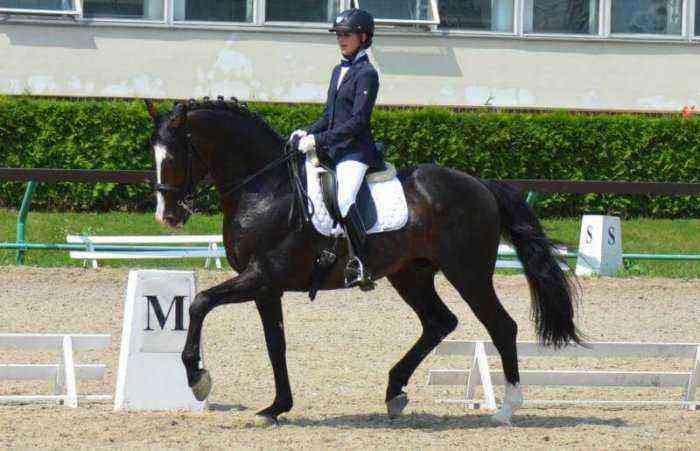The Appaloosa horse is one of the most beautiful horses in the world. Its distinguishing feature is the spotted coat color. In the 17th and 18th centuries, horses belonged to the Indians of North America, and today they are distributed throughout the world. Appaloosian horses are known not only for their beauty, they excel in sports disciplines.
appaloosian horse
Breed origin
The ancestors of the Appaloosa were horses brought to America by the Spanish conquistadors. Most of the animals at that time were in the wild. The breed was bred by the Ne-Perse Indians, who domesticated feral horses in the 16th century. They crossed representatives of various breeds and sold their descendants to Europeans or exchanged them for goods.
The Appaloosa was greatly influenced by the chubara horses exported in the 18th century from Europe to North America. Thanks to their genes, the breed acquired a characteristic coat color.
Attention! The name “Appaloosa” comes from the area located in the valley of the Palouse River.
The horses bred by the Indians turned out to be so beautiful and hardy that the breed soon spread throughout the American continent. Interest in it was shown by both local residents and Europeans who bought horses from the Indians.
At the end of the 19th century, the breed experienced a crisis – the Indian tribes were defeated and were settled on a reservation. During this period, most of the livestock was lost, and no one was engaged in the further development of the breed.
The revival of the Appaloosa line occurred in the 20th century, when a successful farmer Thompson organized a club for lovers of this breed. In 1938 he began to restore the population. Thanks to the joint efforts of enthusiasts, the breed was revived and preserved to this day.
Exterior Features
The Appaloosian horse is distinguished by its athletic body type and harmonious exterior. The average height at the withers ranges from 1,48–1,58 m, the weight of the animals is 500 kg.
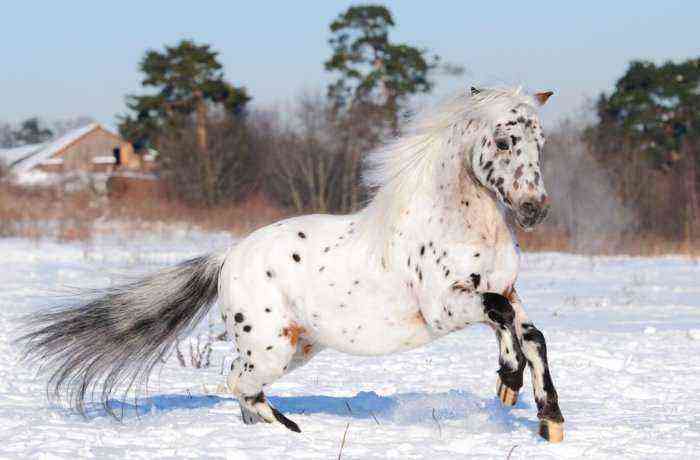
External characteristics of the breed
External characteristics of the breed:
- compact head with an elongated muzzle and a straight profile;
- auricles are long with pointed tips;
- large expressive eyes with white sclera;
- muscular neck, widened at the base, smoothly passes into a massive chest;
- the back is wide;
- compact croup, rounded, downed, tail set high;
- legs are long and dry with well developed muscles;
- hooves with a strong horn;
- the mane and tail are thick, the hair is shiny and silky.
Appaloosa unique suit
Appaloosa horses are characterized by a chubar coat color, which includes many coat color options. Horses with the following colors are most popular:
- Leopard – on a light background there are dark spots randomly scattered over the body.
- Snowflake – the main background of the coat is white, and there are dark blotches in the croup and hips.
- Marble – on a light background there are dark stains that are concentrated in the back, limbs and on the muzzle.
- Hoarfrost – on a dark background, white speckles of various sizes are randomly scattered.
- Black-backed – the main color is bay, black or any other, except for gray. The coat is white on the back, rump and thighs with dark spots of various sizes and shapes.
In Appaloosian foals, hair color changes with age. The final formation of color occurs by the age of five. A baby is born with a light shade of hair, which subsequently darkens, or vice versa. For example, individuals of a gray suit are born with a dark color, with age it becomes lighter.
This breed is also unique because its representatives have pigmented skin. It can be pink or dark or a combination of both shades. The sclera of the eyes of the horses are white, and there are vertical stripes on the hooves.
The nature of the horses
Appaloosian horses are distinguished not only by their original appearance, but also by their excellent character. Breeders note the following qualities in representatives of this breed line:
- ingenuity, high intelligence;
- obedience;
- endurance;
- devotion to the owner;
- friendliness.
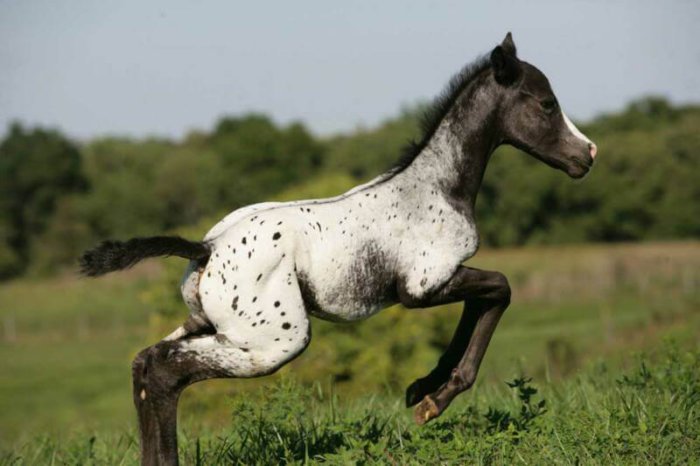
Appaloosa foal
Good-natured and peaceful Appaloosa can quickly find a common language with a person. Aggression is not characteristic of them. These horses are recommended for teaching beginners to ride and are suitable for hippotherapy.
Modern use of the breed
The main application of Appaloosa is sports. The horses bred and raised by the Indians developed excellent qualities – endurance, agility and maneuverability. Jumping over obstacles is easy for horses, thanks to powerful limbs. Their canter is fast and soft, which makes the rider feel comfortable in the saddle.
Attention! Appaloosian horses are among the top ten in sports disciplines – show jumping, dressage, driving.
Smart animals easily remember tricks and perform them with ease, so they are often used in the circus arena. Calm and peaceful horses are used in equestrian tourism. This is a great family horse.
The struggle to save the species
Claude Thompson is the man thanks to whom the breed has survived to this day. By creating a club for Appaloosa horse lovers, he took a step that determined the fate of the horses. The breed line was officially recognized in 1938. A museum dedicated to these horses and their history has opened in Idaho.
In America, exhibitions and competitions are regularly held, where representatives of the breed line demonstrate their beauty and talents. Such activities develop people’s interest in Appaloosa horses. The association sponsors the participation of horses in various competitions and races. The best animals participate in exhibitions and international competitions.
Today, there are over 1 million Appaloosian horses worldwide. Every year the population increases by about 10 thousand individuals. These beautiful horses have become favorites for many not only because of their attractive appearance, they also value athletic qualities and good disposition.
